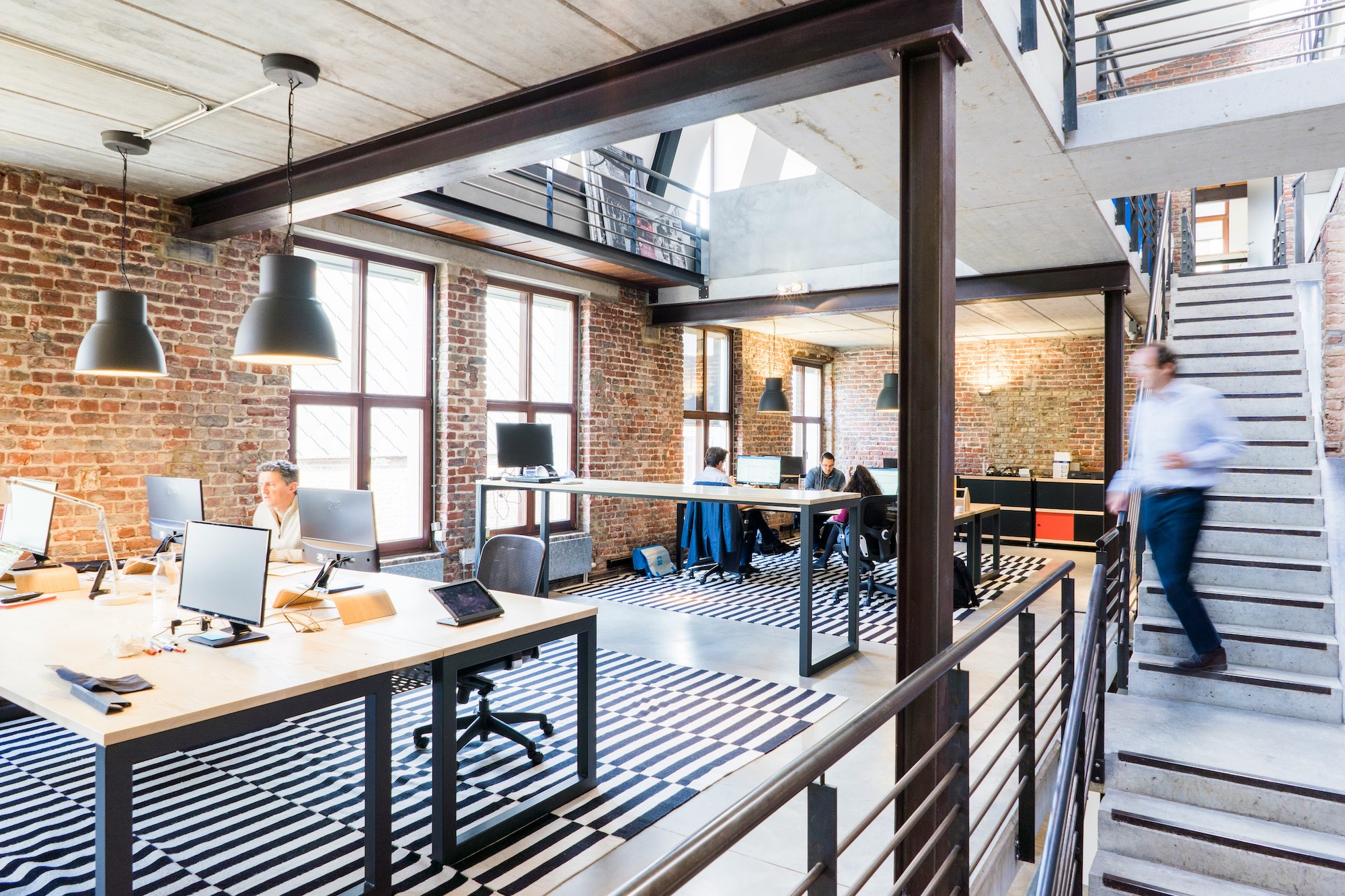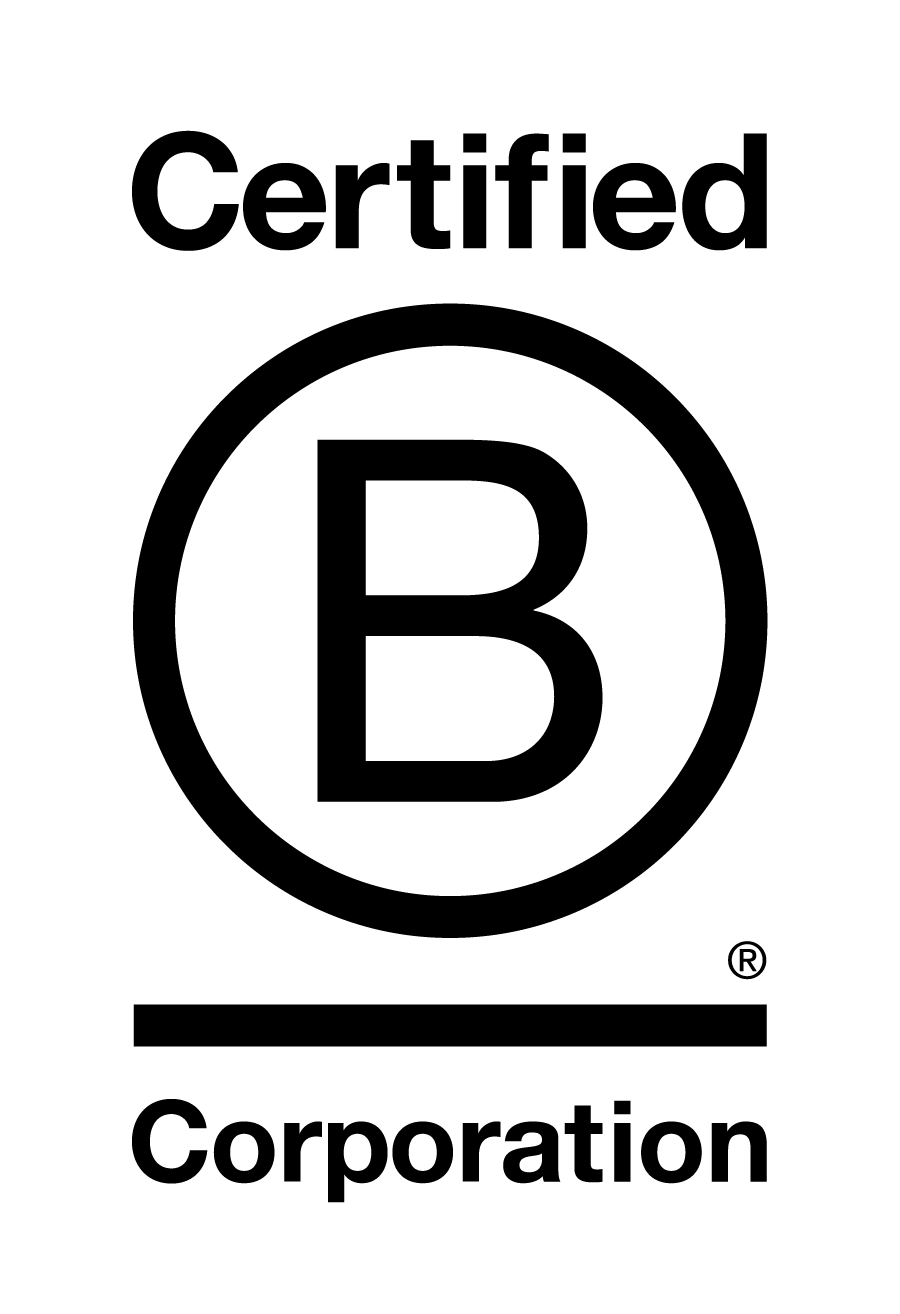This autumn, millions of employees will be heading to the office for the first time in months. After almost half a year of working from home, staff are keen to get back to their desks and return to a normal working life. While the pandemic has shown that flexible working is possible in the short term, it is becoming clear that the office was invented for a reason. It’s not only that the government is keen for people to resume normal life - offices are vital for productivity, for learning, for mental health and for the professional development of any new hire.
From rethinking the design of office spaces to exploring new technologies to reduce the risk of coronavirus, companies are hurrying to find ways to enable a safe return. And engineers and scientists have been exploring a decades-old technology used to fight bacteria that could prove a powerful weapon in the battle against coronavirus: upper-air germicidal ultraviolet light, or GUV.
What is GUV?
GUV is a narrow range of wavelengths within UVC, one of three types of ultraviolet light present in sunlight. Most of the ultraviolet light that reaches the Earth’s surface is UVA, which can penetrate the skin and cause damage including wrinkles and age spots. UVB, meanwhile, can damage the DNA in our skin, causing sunburn and – after prolonged exposure – skin cancer. Both UVA and UVB can be blocked by sunscreen.
UVC, however, has a shorter wavelength ultraviolet that is normally screened out of the earth’s atmosphere by ozone. The GUV light within UVC is able to destroy genetic material in viruses and other pathogens, making it hugely effective as a way of sterilising any space. Before the development of antibiotics, it was used to stem the spread of bacteria such as tuberculosis and has been used for water purification and in food processing for decades.
Because GUV lights can be run on small amounts of electricity powered by solar panels, and they are a cheap alternative to antibiotics, they are often found in hospitals in India and Africa to sterilise operating theatres. Particularly in countries where access to certain antibiotics is limited, GUV is a cheap and effective steriliser. In these locations, lights are installed for ‘upper air use’ and angled at ceilings, not directly at people. Although the US FDA warns that risks “may increase if the unit is not installed properly or used by untrained individuals”, campaigners say that it is safe and highly effective when used correctly.
The GUV light within UVC is able to destroy genetic material in viruses and other pathogens, making it hugely effective as a way of sterilising any space.
How GUV can help
Dr Alan Hedge, professor Emeritus at Cornell University, believes that incorporating GUV lamps into air-conditioning systems will eradicate airborne pathogens – including coronavirus – and substantially reduce the need for social distancing in the office. In one study, published in the Lancet, a leading medical journal, the use of GUV led to a substantial reduction in airborne pathogens, with workers reporting substantially fewer respiratory symptoms. The study concluded that GUV use could have health benefits for as many as 4 million workers in the US alone.
According to Dr Hedge, tests done on SARS (a virus similar to Covid-19 that resulted in a serious outbreak that started in China in 2002) showed that UV-A had very little effect on the virus, but GUV destroyed the microbes within minutes. Recent research on coronavirus has shown that most of the risk comes from the movement of airborne microdroplets. By targeting these with GUV, the risk of transmission can be removed.
Incorporating GUV lamps into air-conditioning systems will eradicate airborne pathogens – including coronavirus
“There is very little evidence for direct transmission of this virus from people touching surfaces or touching other people,” says Dr Hedge. “In the early days, we thought that would be much more important than it seems to be now. The main place that people are likely to be exposed is inside a building and social distancing is unlikely to be effective if microparticles are the main form of transmission. This means that by targeting the microparticles that blow around in an air-conditioning system, you can reduce transmission.”
Incorporating GUV light into office design is one of the new technologies that companies can adopt that protects staff from infection while reducing the need for relentless social distancing
Low-pressure mercury GUV lights, similar to fluorescent lights, emit a high amount of radiation and are particularly effective at destroying pathogens in offices when installed for upper air use.
“What you usually have is a luminaire set around two metres above the floor, so it is above the eyeline, and this shines light across the ceiling,” explains Dr Hedge. “The idea is that in a naturally ventilated room, the air moves upwards. As the air moves into this zone, the bugs get zapped. If you put a fan on the ceiling or blow air into the room, you can dramatically increase the sterilisation of air.”
More sophisticated approaches are being developed by engineers, including the installation of GUV lights into air-conditioning systems that have filters which cannot screen out the highly infectious droplets... of ...airborne coronavirus. ‘Lightstrike’ robots have also been designed using xenon lights that transmit pulsating GUV, which deactivates 99.99 per cent of coronavirus within two minutes. Rooms must be unoccupied while the robots are operating, but they are a quick and efficient way of sterilising large areas.
GUV can also be incorporated into desk lights that can destroy traces of coronavirus on keyboards and computer mice. Dr Hedge says that researchers at Harvard are developing a way of extending the sterilising effect of cleaning products using GUV lights. “Instead of wiping something down every day,” he says, “you can wipe it down every week. The new system keeps the cleaning agent, the chlorine, active for one to two weeks.”
GUV disinfection is also effective in reducing risks of coronavirus transmission in lifts, allowing for safe access to offices in tower blocks. Public transport systems including the New York subway and the Hong Kong metro are already using it to sterilise trains, an option currently being considered by Transport for London.
After months away from the office, some staff may be nervous about the return to work. But millions of people have struggled with working from home, juggling childcare and striving to create boundaries between work life and home life, with their mental health suffering as a result. Incorporating GUV light into office design is one of the new technologies that companies can adopt that protects staff from infection while reducing the need for relentless social distancing.



















.png)